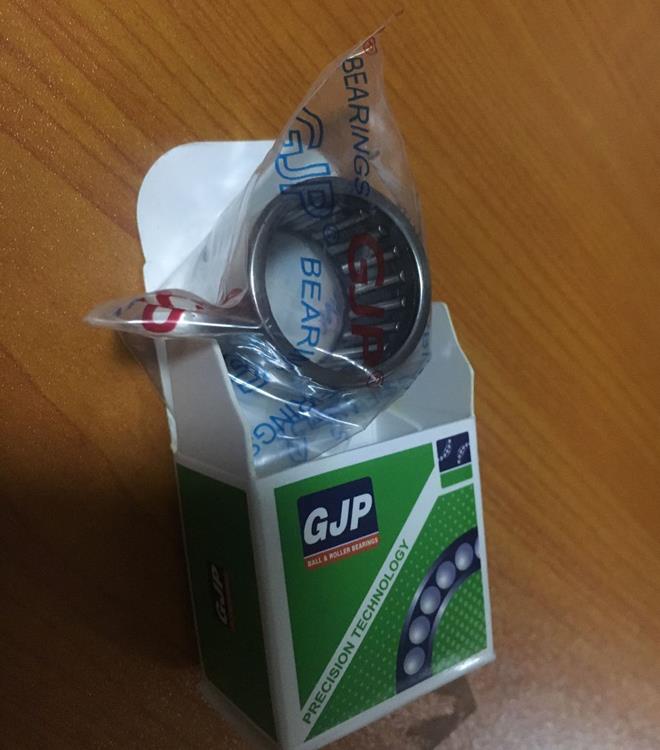Installation of full complement needle roller bearings is usually performed using an auxiliary sleeve. At this time, the auxiliary roller or auxiliary sleeve supports the needle roller so that the needle does not fall out. The journal raises the needle with its own chamfer. As the needle bearing moves slowly inward on the journal, the auxiliary roller Or the auxiliary sleeve is slowly withdrawn until it is installed in the working position. The outer diameter of the auxiliary roller and auxiliary sleeve should be 0.1-0.3mm smaller than the shaft diameter. When installing, first coat the inner surface of the bearing outer ring with grease, place the needle against the inner surface (there should be a gap when putting the last needle), and then replace the auxiliary roller that replaces the journal or bearing inner ring Or push the auxiliary sleeve into the hole of the outer ring, and align its end face with the end face of the mounting shaft or the end face of the inner ring of the bearing that has been installed on the shaft, and then use a press or a hammer to apply pressure.

Needle roller bearings can also be installed by coating a thin layer of lubricant on the outer diameter of the auxiliary sleeve and inserting it into the outer ring of the bearing so that the auxiliary sleeve and the outer ring of the bearing form an annular hole, and then a needle is installed in the annular hole. After installing the needle roller, push out the auxiliary sleeve with the working shaft. For needle roller bearings without inner ring or outer ring, when installing, you can first apply a thin layer of grease to the rolling surface of the shaft or housing hole, and then place the needle roller in close contact with the grease on the installation site. When placing the last needle, there should be a gap. The gap should be 0.5mm on the circumference of the needle bearing. The last needle roller cannot be squeezed in, or one needle is missing, because the bearing will be stuck and cannot rotate when it is squeezed hardly; when it is small, the gap is too large, which may cause the needle roller to occur when the bearing is running. Twist and break. For needle roller bearings with stamped outer ring, because the outer ring wall is very thin, non-needle bearings must be installed by hammering with a hand hammer. They should be pressed in with a press. Because when the hand hammer strikes, the pressure is not uniform, and it is easy to cause local deformation of the outer ring of the needle bearing.

